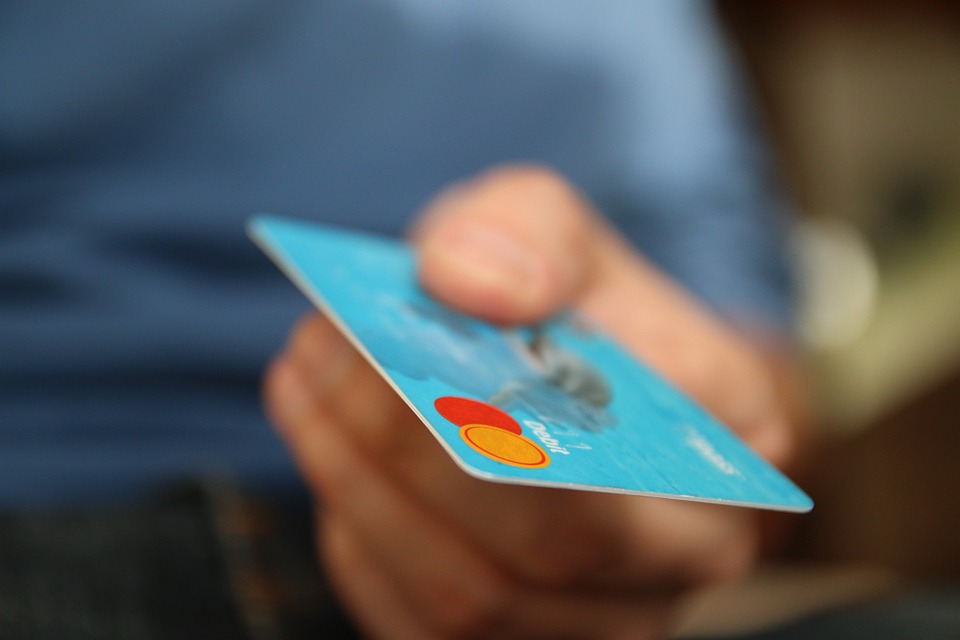If you’re an Apple Pay user, you may have noticed unfamiliar transactions appearing on your bank statement. This can be alarming, especially if you don’t recognize the merchant or the amount charged.
However, there’s no need to worry! Apple Pay transactions are completely safe and secure, and they can actually be quite easy to spot on your bank statement.
In this article, we’ll explain exactly how Apple Pay transactions appear on your bank statement, so you can feel confident and in control of your finances.
How Apple Pay Transactions Show Up on Bank Statements
Apple Pay transactions show up on bank statements in much the same way as any other transaction made with a credit or debit card.
When you use Apple Pay to make a purchase, the transaction is processed through a payment processor (such as Visa or Mastercard) and then sent to your bank for settlement.
The transaction will appear on your bank statement with the name of the merchant, the date of the transaction, and the amount charged.

Want to know more about the Sigonfile charge on your bank statement?
One way to differentiate Apple Pay transactions from other types of transactions on your bank statement is to look for the Apple Pay logo or the words “Apple Pay” next to the transaction. Some banks may also include a specific code or reference number for Apple Pay transactions to help you identify them.
It’s important to review your bank statement regularly to ensure that all transactions are accurately reflected and to catch any potential fraudulent activity.
If you have any questions about an Apple Pay transaction on your bank statement, you can contact your bank or Apple for assistance.
What Information Is Included in an Apple Pay Transaction
An Apple Pay transaction on a bank statement typically includes the following information:
- Merchant name: The name of the business or organization where the purchase was made.
- Transaction date: The date the purchase was made.
- Amount: The total amount of the purchase, including any applicable taxes or fees.
In addition to the above information, some bank statements may also include the following details for an Apple Pay transaction:
- Payment method: The type of payment used (e.g. credit card, debit card).
- Transaction type: Whether the transaction was a purchase, refund, or some other type of transaction.
- Location: The city or region where the purchase was made.
- Transaction ID: A unique identifier for the transaction, which can be used for reference or to dispute any incorrect charges.
Keep in mind that the specific information included on an Apple Pay transaction may vary depending on the bank and payment processor involved.
There’s a similar bank charge that goes by the name HFT ePay. If you come across this in your bank statement, here’s what you need to know about it.
Keeping Track of Apple Pay Transactions
In conclusion, keeping track of your Apple Pay transactions is an important part of managing your finances and ensuring that all of your purchases are accurately reflected on your bank statement.
By understanding how Apple Pay transactions are processed and how they appear on your bank statement, you can confidently and easily manage your Apple Pay usage.
Utilizing tools such as account alerts, budgeting apps, and transaction categorization can also help you stay on top of your Apple Pay activity.
By staying informed and proactive about your Apple Pay transactions, you can take control of your finances and make the most of this convenient and secure payment method.
